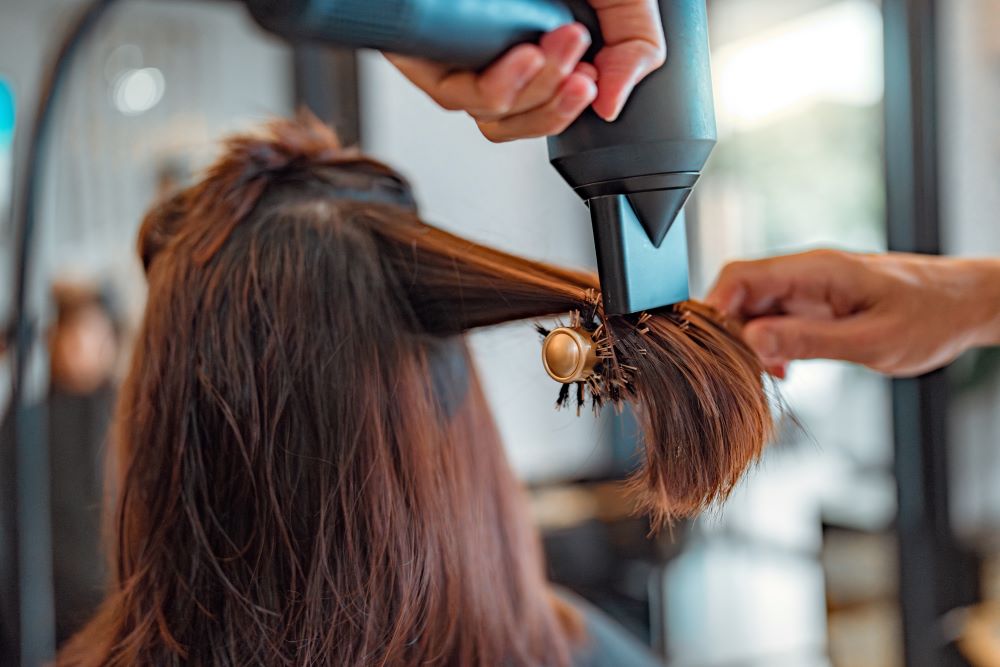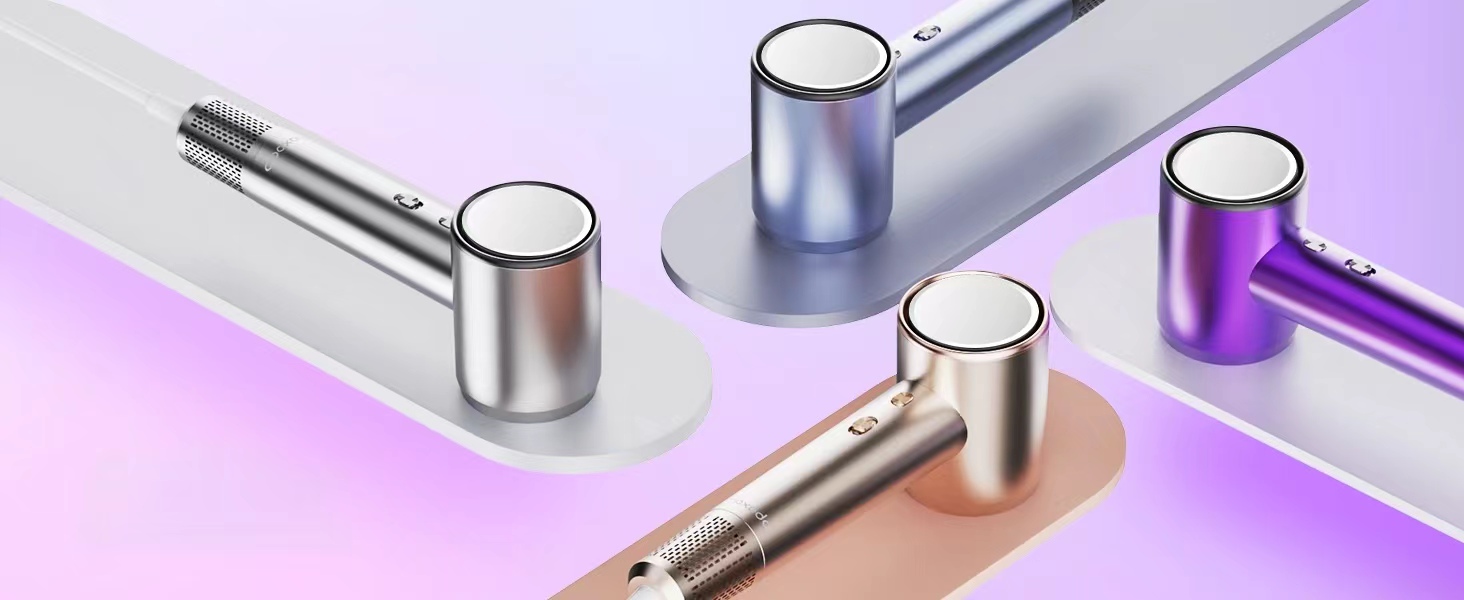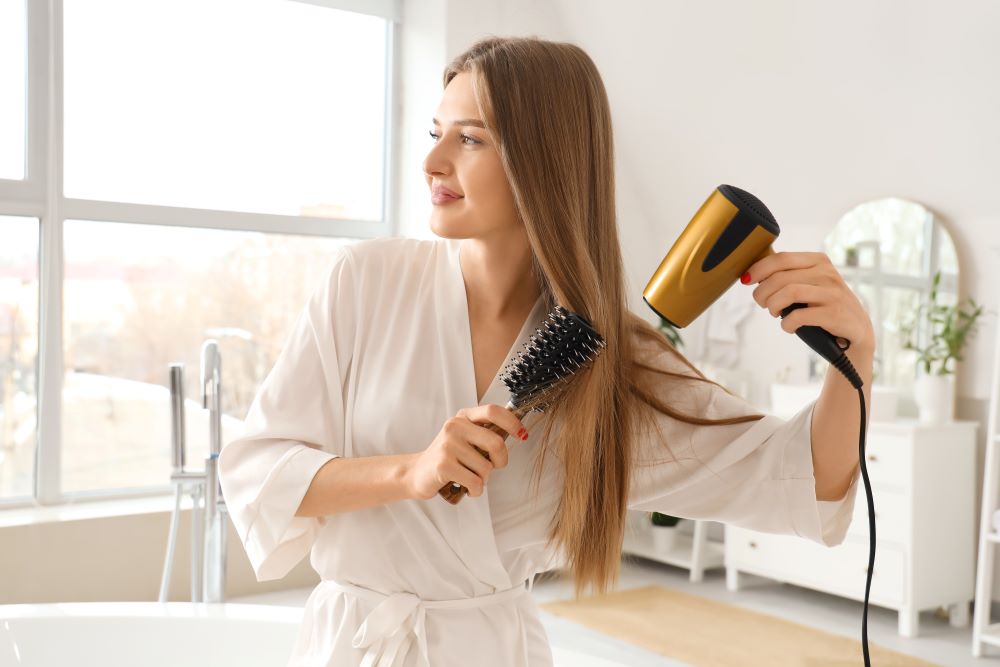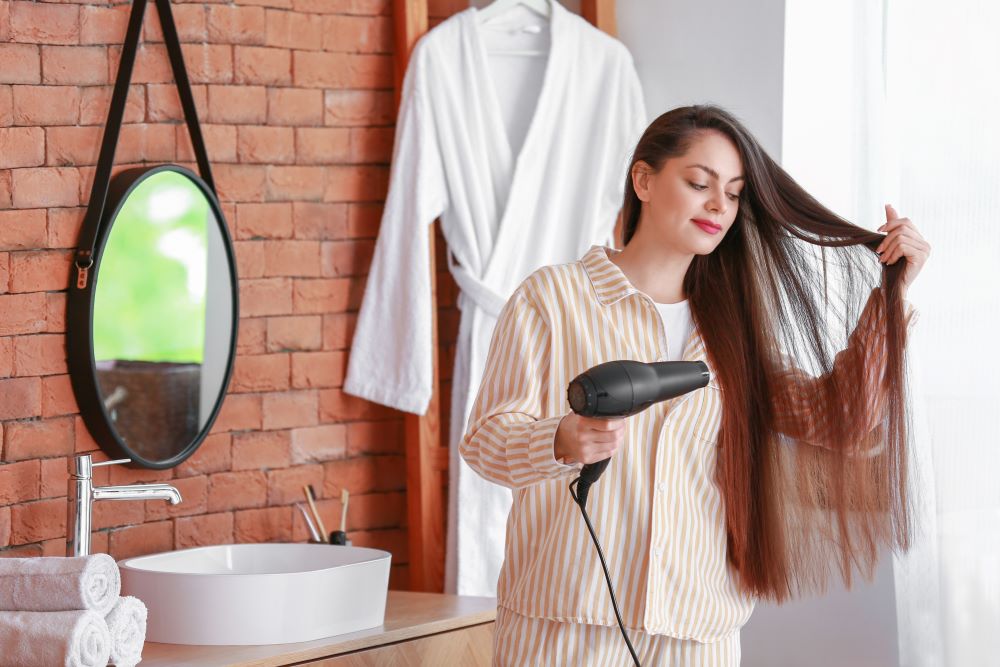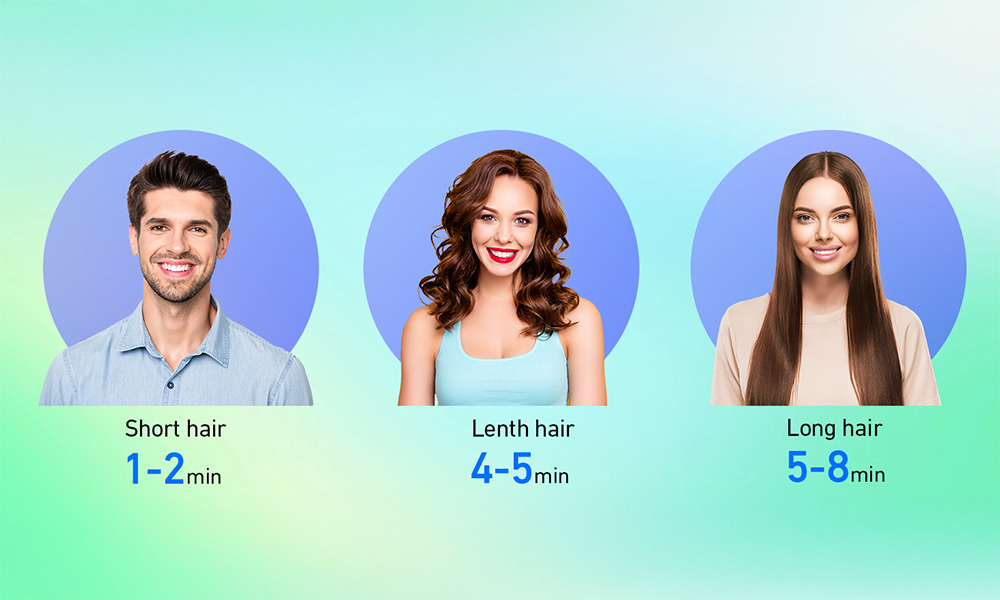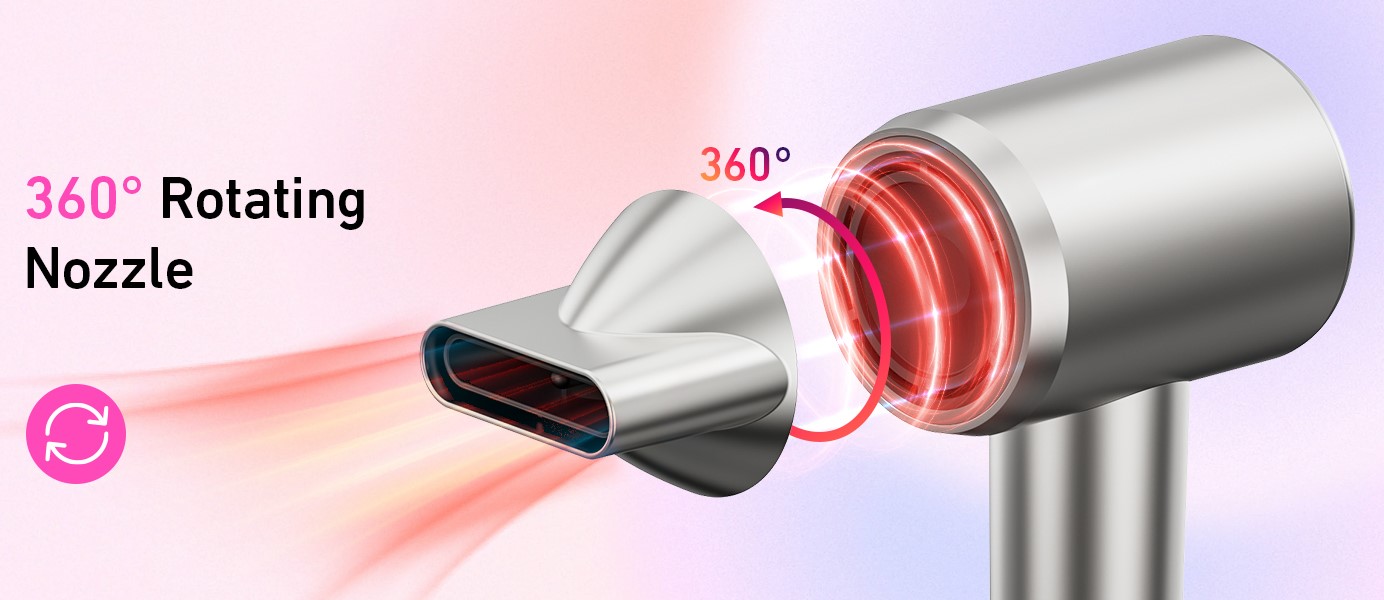
- Home
- Hair Dryer
- Hair Care Tips
- Best Techniques for Drying Your Hair: A Comprehensive Guide
Best Techniques for Drying Your Hair: A Comprehensive Guide
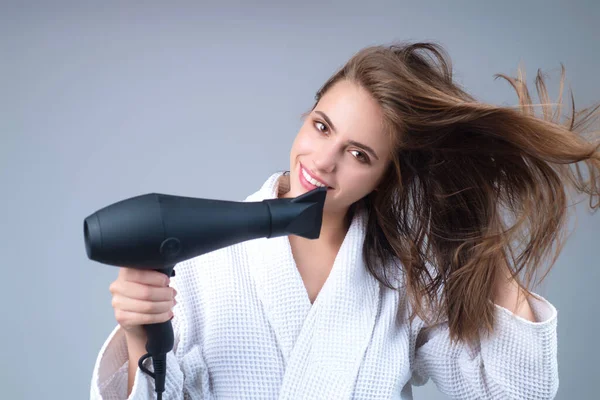
Drying your hair is a critical part of your hair care routine, and how you do it can significantly impact the health, texture, and appearance of your locks. Whether you prefer air drying or using a hair dryer, the methods you choose, and the products you use, can make all the difference between achieving smooth, shiny hair or ending up with frizz and damage. This guide explores the best techniques for drying your hair, giving you the tools to care for your hair while minimizing damage, maximizing shine, and enhancing overall hair health.
1. Understanding the Basics: Hair Drying Methods
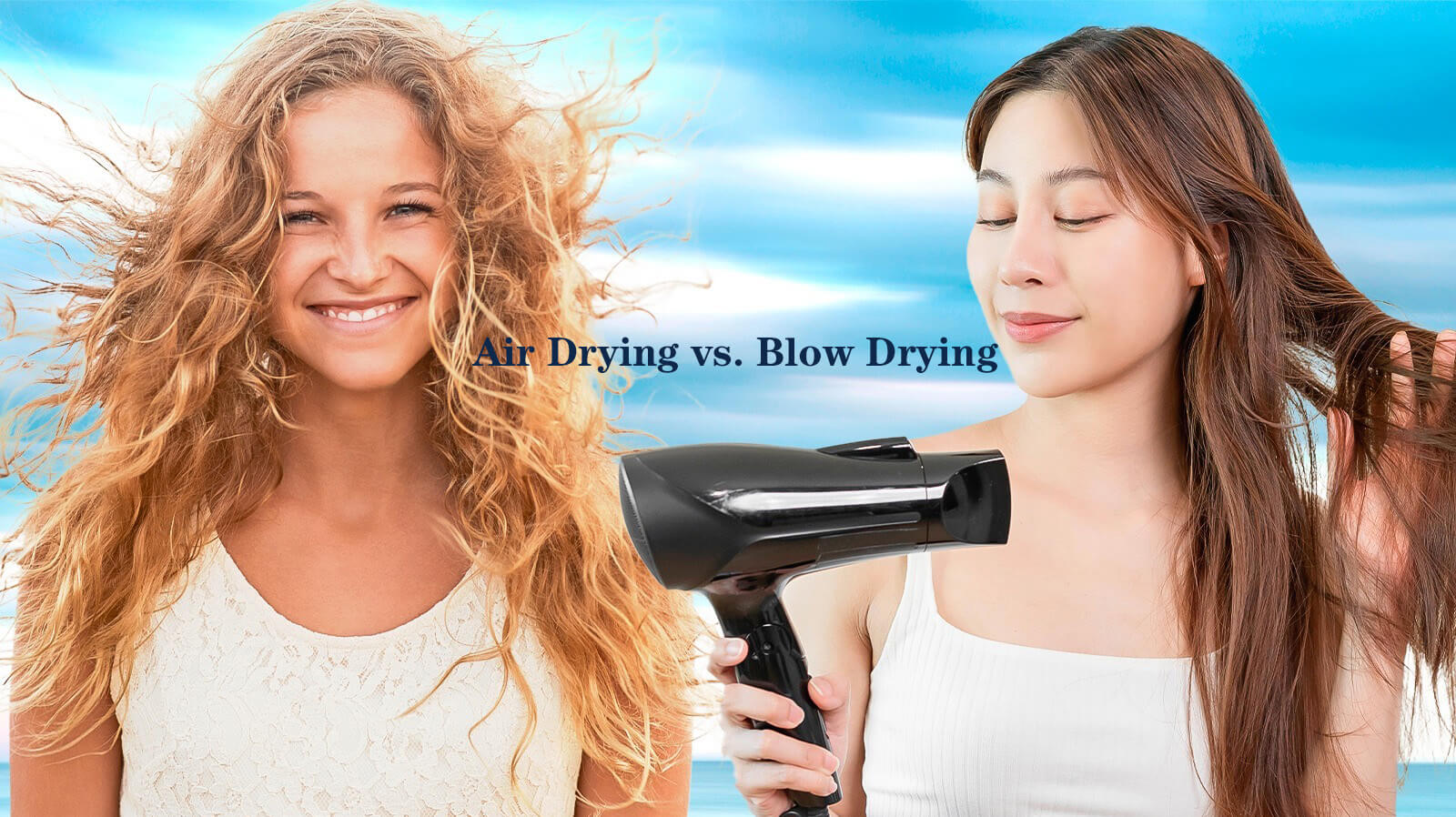
Before diving into specific techniques, it’s essential to understand the basic hair drying methods. These methods primarily fall into two categories: air drying and blow drying. Each method has its pros and cons, and the best one for you depends on your hair type and the desired outcome.
Air Drying: Air drying is the gentlest method and is especially suitable for those with curly or fine hair. The benefits of air drying hair include less heat exposure, which minimizes damage, and more defined natural curls for those with textured hair. However, it can lead to frizz and flatness if not done correctly.
Blow Drying: Blow drying is quicker and allows you to shape and style your hair while drying it. However, it exposes your hair to heat, which can cause damage if not done properly. Blow drying techniques vary depending on your hair type, with different methods and attachments used for fine hair, curly hair, or thick, coarse hair.
2. Best Air Drying Techniques for Healthy Hair

Air drying can be a healthy alternative to blow drying, but it requires a few key steps to avoid frizz and achieve smooth, shiny hair.
Towel Dry Gently: After washing your hair, gently squeeze out the excess water with a microfiber towel or an old cotton T-shirt. This helps reduce frizz, a common problem with traditional towels, which can be too rough on your hair. Avoid rubbing your hair as it can cause friction and lead to breakage.
Apply Leave-in Conditioner or Anti-Frizz Products: To maintain moisture and prevent frizz, apply a leave-in conditioner or an anti-frizz hair product. These products help seal moisture in and form a barrier that protects your hair from environmental factors.
Use Wide-Tooth Comb for Detangling: While your hair is still damp, use a wide-tooth comb to detangle gently. This reduces the chance of breakage, which is more common when hair is wet and vulnerable.
Scrunch for Curly Hair: If you have curly hair, scrunching your hair while air drying can help define your curls. Add a curl-enhancing cream or mousse to boost curl formation and volume.
Avoid Touching Your Hair: One of the common hair drying mistakes during air drying is constantly touching your hair, which can disturb the drying process and create frizz. Let your hair dry naturally without much interference.
3. Blow Drying Techniques: Getting It Right

Blow drying can give you a salon-like finish at home, but it requires proper technique and tools to avoid damage and achieve the best results.
Use Heat Protection for Hair: Before using a blow dryer, always apply a heat protection spray. Heat can damage the hair cuticle, leading to dryness, split ends, and dullness. Heat protectants form a protective barrier that reduces the negative impact of blow drying.
Pre-dry Your Hair: For best results, pre-dry your hair using the “rough dry” technique. This involves gently using your blow dryer at a low heat setting to remove about 80% of the moisture without focusing on any particular section of the hair. This reduces the time your hair is exposed to direct heat.
Use the Right Hair Dryer Attachment: The attachments you use can make a big difference in the final outcome. A concentrator nozzle focuses the airflow on a specific section of your hair, helping you achieve a sleek, smooth look. Using diffusers for curly hair can enhance curl definition by evenly distributing the heat and airflow. For those with fine hair, a comb attachment can add volume and lift at the roots.
Blow Dry in Sections: Always divide your hair into sections before blow drying. Working on small sections at a time ensures that you are thoroughly drying each part of your hair, reducing frizz and improving smoothness. For added volume, lift the roots as you dry each section.
Keep the Dryer Moving: One of the best hair drying tips is to keep the dryer moving to avoid concentrating too much heat on one spot, which can lead to heat damage. Start drying at the roots and work your way down to the tips, using the concentrator nozzle to smooth the hair shaft.
Use the Cool Setting: After you’ve dried each section, switch to the cool setting to set your style. The cool air helps close the cuticle, adding shine and reducing frizz.
4. How to Dry Curly Hair: Techniques for Defined, Frizz-Free Curls
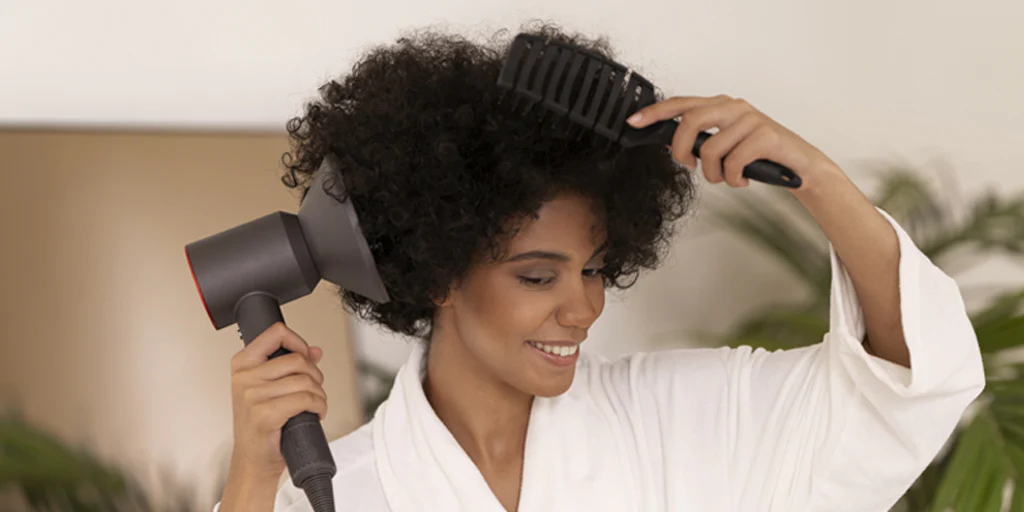
Curly hair requires extra care and attention when drying to avoid frizz and keep curls defined. Here are some key techniques for drying curly hair:
Use a Microfiber Towel: As mentioned earlier, using a microfiber towel is essential for curly hair. This prevents the disruption of curl patterns and reduces frizz caused by rougher fabrics.
Apply Curl-Defining Products: While your hair is damp, apply a curl-defining cream or mousse. This helps lock in moisture, define curls, and reduce frizz. Focus on the mid-lengths and ends to avoid weighing down the roots.
Diffuser for Curl Definition: Using a diffuser attachment on your blow dryer is one of the best techniques for drying curly hair. A diffuser helps to evenly distribute the heat while maintaining the curl structure. Dry on low heat and speed settings to avoid disrupting the curls.
Scrunch with Care: If you’re air drying or diffusing your hair, scrunching your curls upward can help encourage volume and enhance curl shape. Be gentle to avoid causing frizz.
Avoid Over-Drying: Over-drying curly hair can lead to frizz and damage. Stop diffusing when your hair is about 80% dry to retain moisture and bounce.
5. Drying Fine Hair: Volume and Protection
Fine hair can become limp and flat if not dried properly, but the right techniques can add volume and texture.
Use a Volumizing Product: Before drying, apply a lightweight volumizing mousse or spray. This helps give body and fullness to fine hair without weighing it down.
Blow Dry Upside Down: One of the best hair drying techniques for fine hair is to blow dry your hair upside down. This encourages lift at the roots and adds volume to your hair. Once your hair is about 80% dry, you can flip it back and finish drying as usual.
Avoid Heavy Products: Heavy products, such as rich creams or oils, can weigh fine hair down. Opt for lightweight leave-in conditioners and heat protectants that provide moisture without excess weight.
6. Common Hair Drying Mistakes to Avoid
When drying your hair, some mistakes can lead to unnecessary damage. Here are the most common ones and how to avoid them:
Using High Heat Settings: High heat can dry out your hair and cause breakage. Always start with a low to medium heat setting, and only increase the heat if necessary.
Skipping Heat Protectant: Skipping a heat protectant is one of the biggest mistakes. Always apply a heat protectant spray to shield your hair from thermal damage.
Over-Drying: Continuing to dry your hair after it’s already dry can cause damage. Stop blow drying once your hair is fully dry to avoid brittle, dry strands.
Incorrect Towel Drying: Using a rough towel or rubbing your hair aggressively can lead to frizz and breakage. Always be gentle when towel drying and use a microfiber towel for best results.
7. Product Recommendations for Hair Care
Using the right hair care products can make a significant difference in your drying routine. Here are some top recommendations based on different hair types and drying methods:
For Heat Protection: Look for a lightweight heat protection spray that shields hair from temperatures up to 450°F. Popular options include the TRESemmé Heat Tamer Spray and GHD Heat Protect Spray.
For Curly Hair: If you’re using a diffuser, combine it with a curl-enhancing product like DevaCurl Light Defining Gel or Ouidad Advanced Climate Control Heat & Humidity Gel to combat frizz and define curls.
For Fine Hair: A volumizing mousse, such as Kenra Volume Mousse or Paul Mitchell Extra-Body Sculpting Foam, can add body without weighing your hair down.
For Anti-Frizz Protection: For those who struggle with frizz, especially during air drying, anti-frizz serums like John Frieda Frizz Ease and Moroccanoil Treatment can help tame flyaways and create a smoother finish.
For a Professional Hair Dryer: The Maxodo Hair Dryer is equipped with a high-speed brushless motor and advanced ionic technology, providing an efficient drying experience that minimizes heat damage and frizz. Ideal for various hair types, this dryer offers customizable settings for precision and control.
Conclusion
Drying your hair effectively is about more than just choosing between air drying and blow drying; it’s about using the right techniques, tools, and products to protect your hair and enhance its natural beauty. Whether you have curly, fine, or thick hair, the key is to understand your hair type and tailor your drying routine accordingly. Always prioritize protecting your hair from heat damage, avoid common drying mistakes, and invest in quality products that nourish and shield your strands. With these best hair drying techniques, you can achieve healthier, shinier, and more beautiful hair.
Popular Post

Ultimate Guide to Using a Hair Dryer with Nozzle for Styling
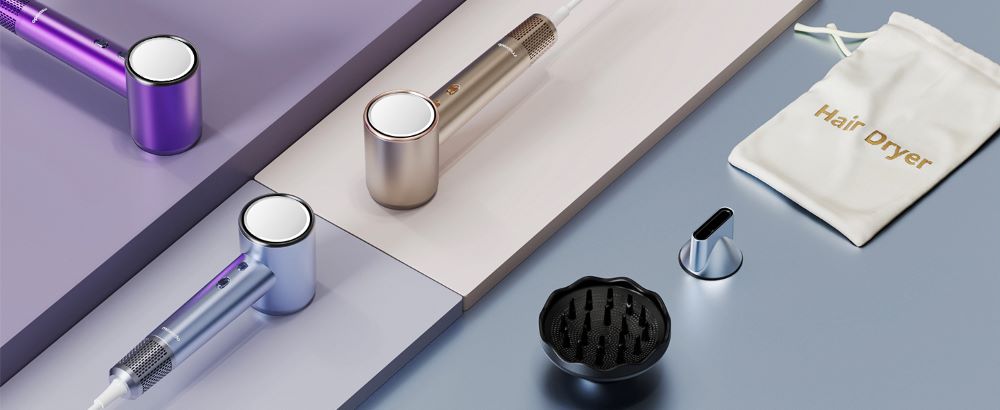
The Benefits of Using a Hair Dryer with a Diffuser
